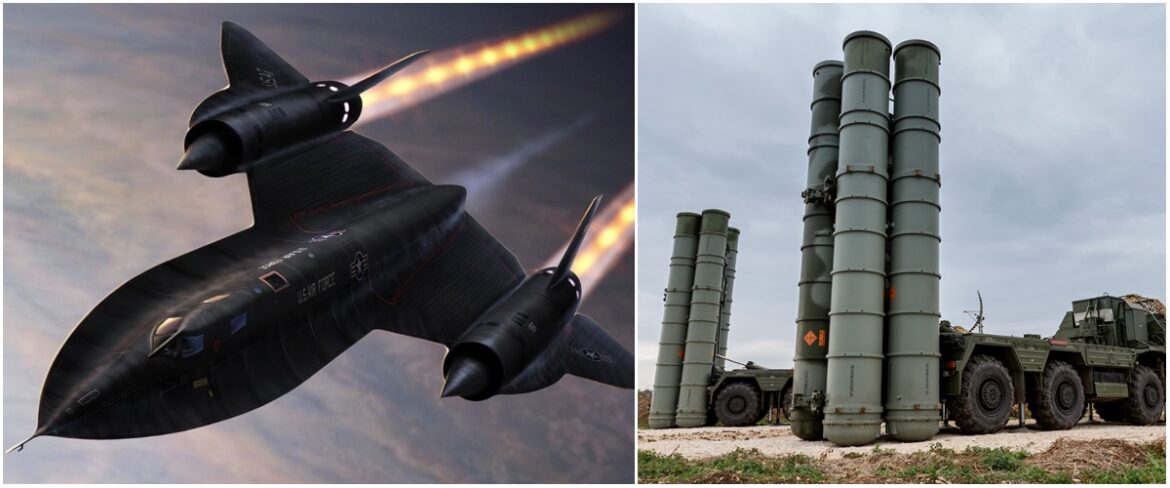‘One of the real highlights of flying above Mach 3 and above 80,000 feet is nobody is up there with you,’ David Peters, former SR-71 Blackbird pilot
The SR-71 Blackbird is the only reconnaissance aircraft in history to have operated in more hostile airspace and with such complete impunity. Air-breathing engines powering this aircraft are the fastest in the world. The Blackbird represented the highest point in aviation technology development during the Cold War due to its performance and operational accomplishments.
The SR-71 Blackbird gathered intelligence in some of the world’s most hostile environments during its 24 years of operation. The Blackbird is still the only US Air Force (USAF) aircraft to never lose a crew member, either in the air or on the ground, having successfully avoided all 1,000 missiles fired at it.
The Blackbird was built for flying at high speeds and altitudes; in fact, it could cover 100,000 square miles of Earth’s surface per hour from 80,000 feet. It was very hard for any surface-to-air (SAM) missile or fighter jet in use at the time to get a radar lock on it.
Therefore, it is untrue that the SR-71’s flight was discontinued due to fears that it might be intercepted by Soviet MiGs or jet fighters that were then serving with neutral nations in the Baltic. There were many precautions taken to keep the Blackbird safe from being fired, some of which are still classified and hence cannot be described in detail.
This statement is confirmed by David Peters, a former SR-71 pilot;
‘We were allowed 45 degrees of bank for a designated high bank turn. Radius is about 60 miles at 3.2. But your change of heading is pretty rapid you are just covering a lot of ground and air doing it. Most people don’t understand the dynamics. We were not going to outmaneuver much of anything. What matters is the proximity, to start with. The speed and range of the protagonist. One of the real highlights of flying above Mach 3 and above 80,000 feet is nobody is up there with you. They have to see you (radar) first. How far away is significant because we are not just larking along. If you are talking surface-to-air missiles, how long does it take to launch get to 80,000 feet? How long does it take, and how close does it have to get to be able to maneuver if we are not going straight ahead? Very few missiles could go far enough to make up 36 or more miles per minute.

‘All this is not taking any consideration of our ECM capability.’
Peters concludes;
‘The bottom line is the only surface-to-air missile that had any chance at all was the SA-10 [SA-10 Grumble, the NATO reporting name of the S-300 Soviet SAM system] if it was nuclear. That would allow them to fire it out ahead of us with an air burst at altitude, which we could possibly not circumvent. Airborne I.e. interceptors, none had any chance, what so ever.’
Check out the Habubrats SR-71 and Born into the Wilde Blue Yonder Facebook pages for further Blackbird photos and stories.
Photo by Russian Ministry of Defence and Lockheed Martin

